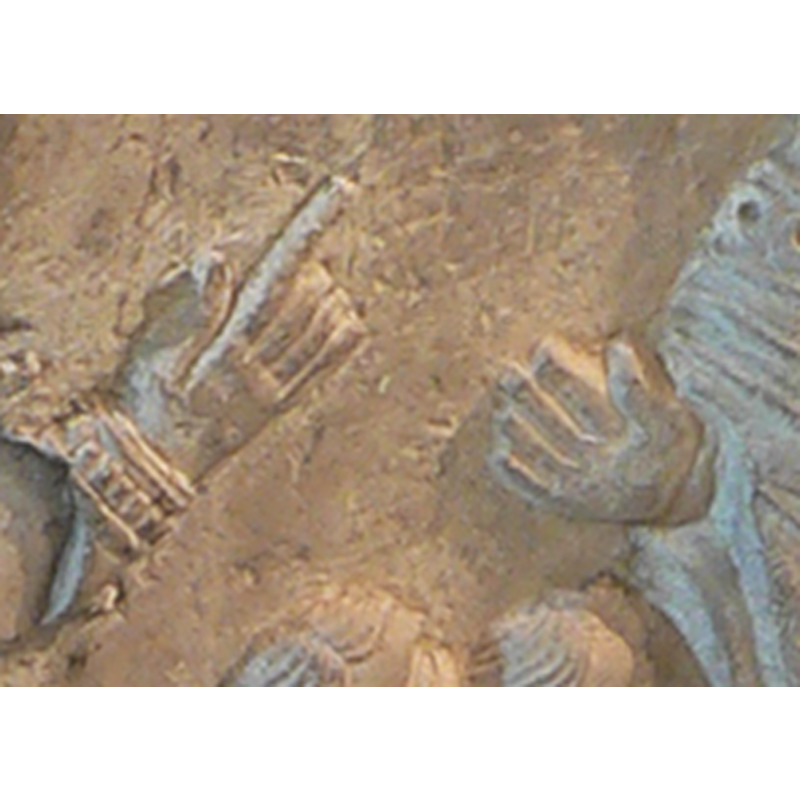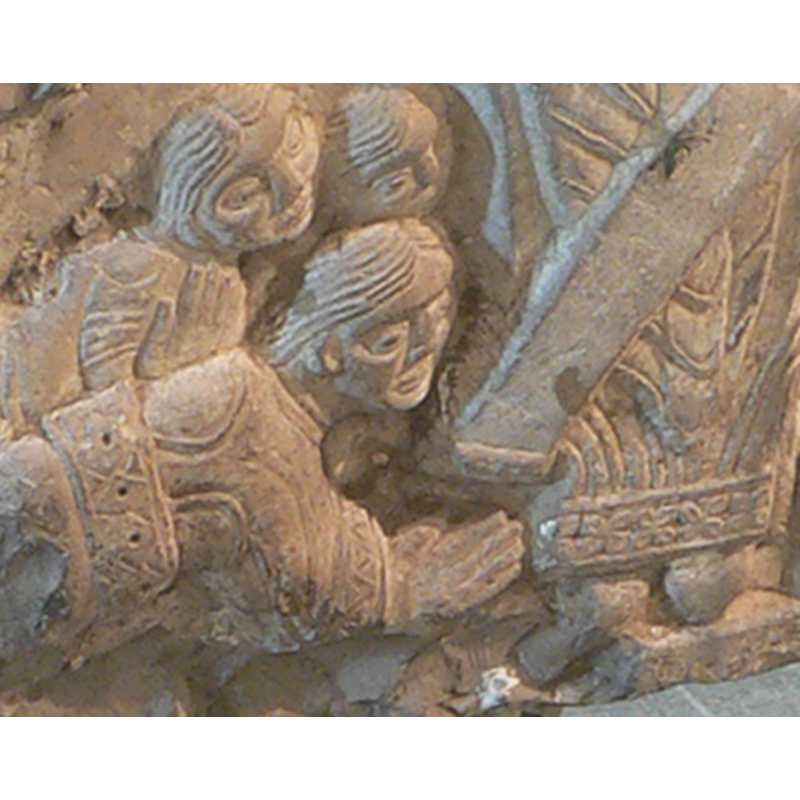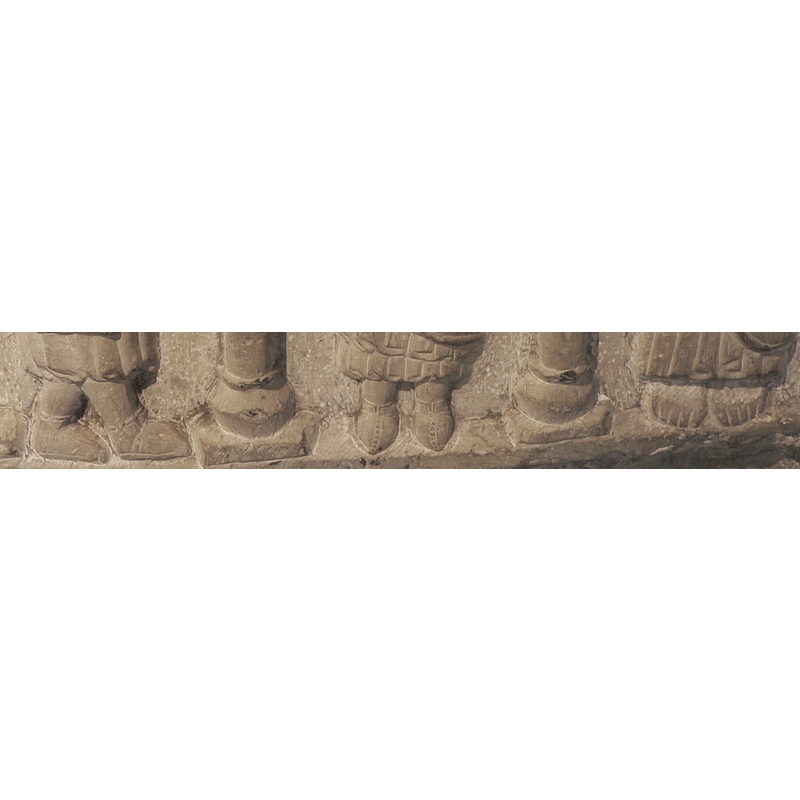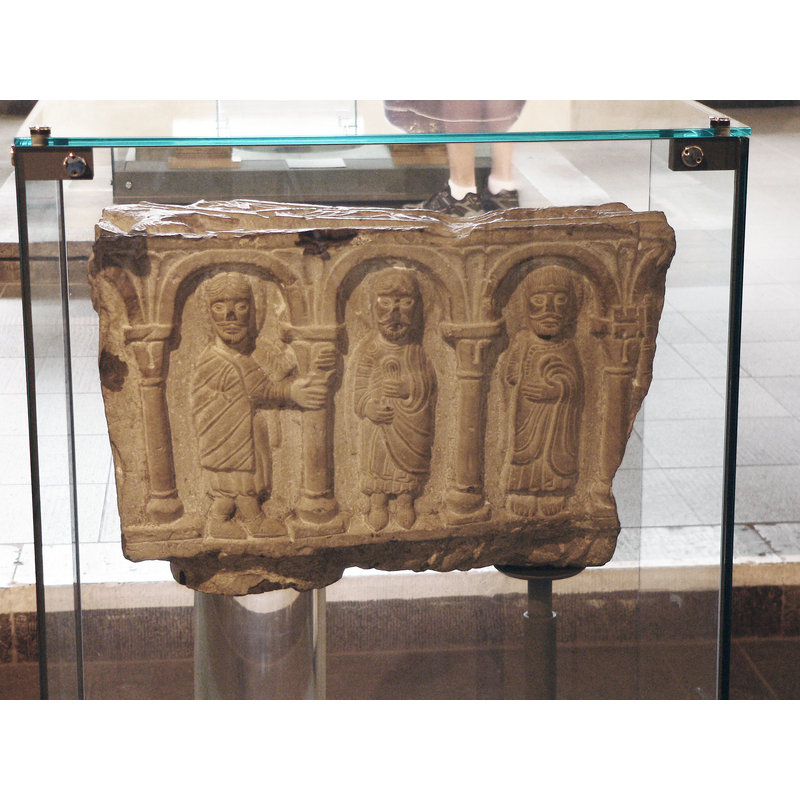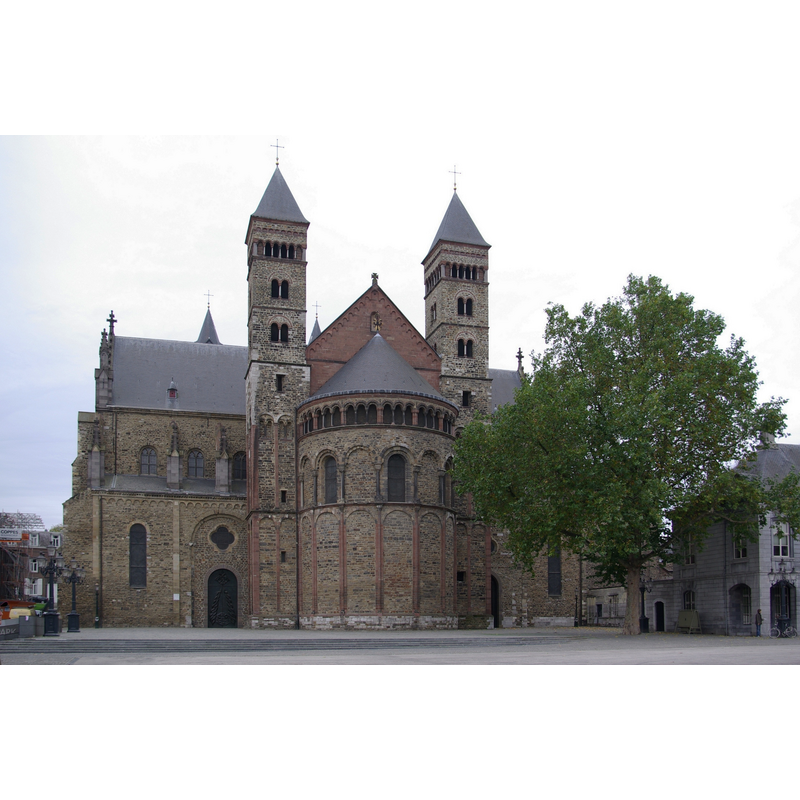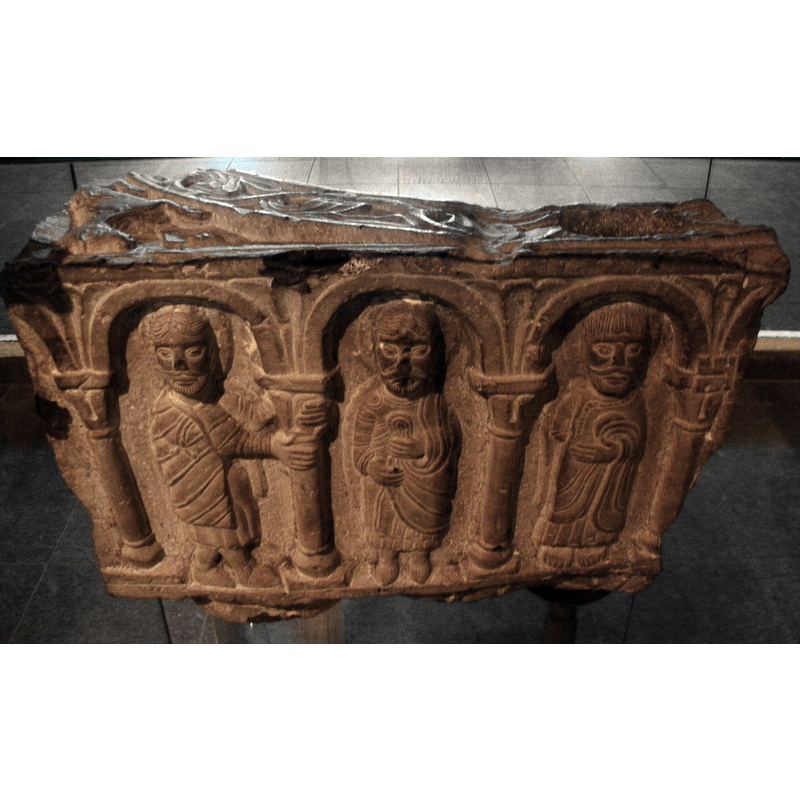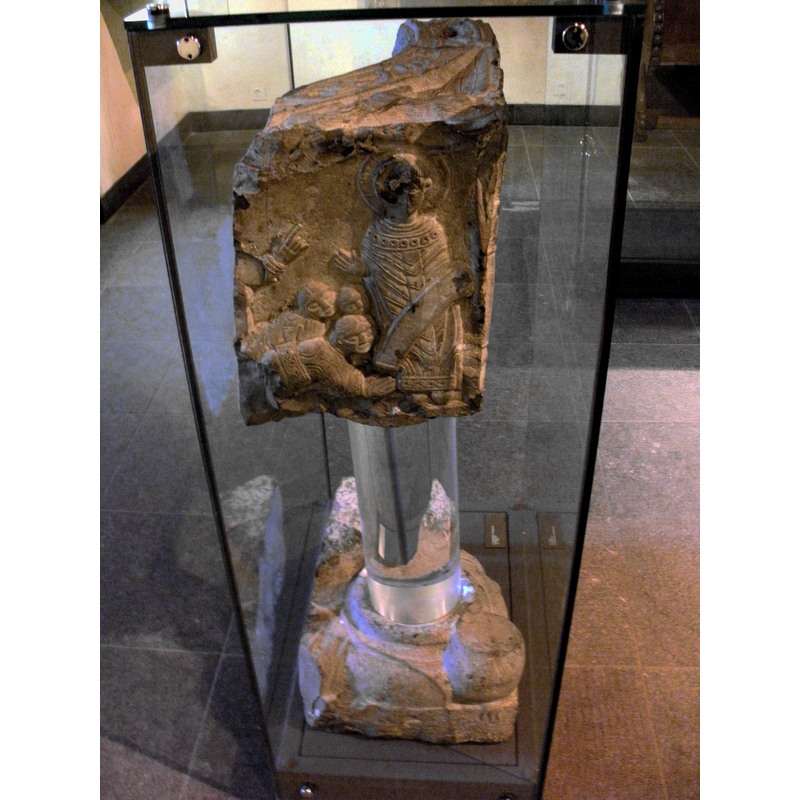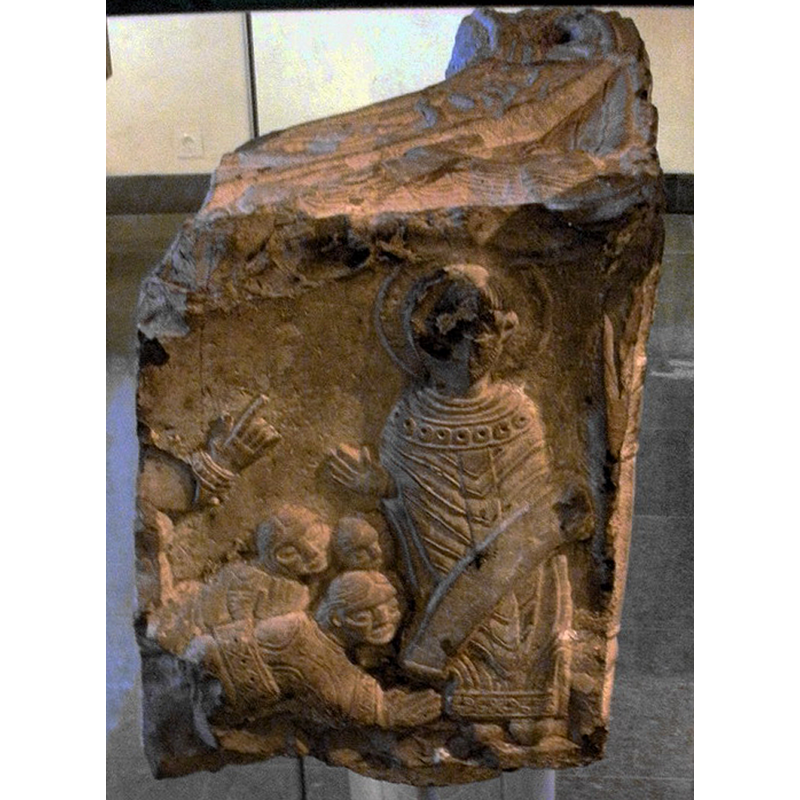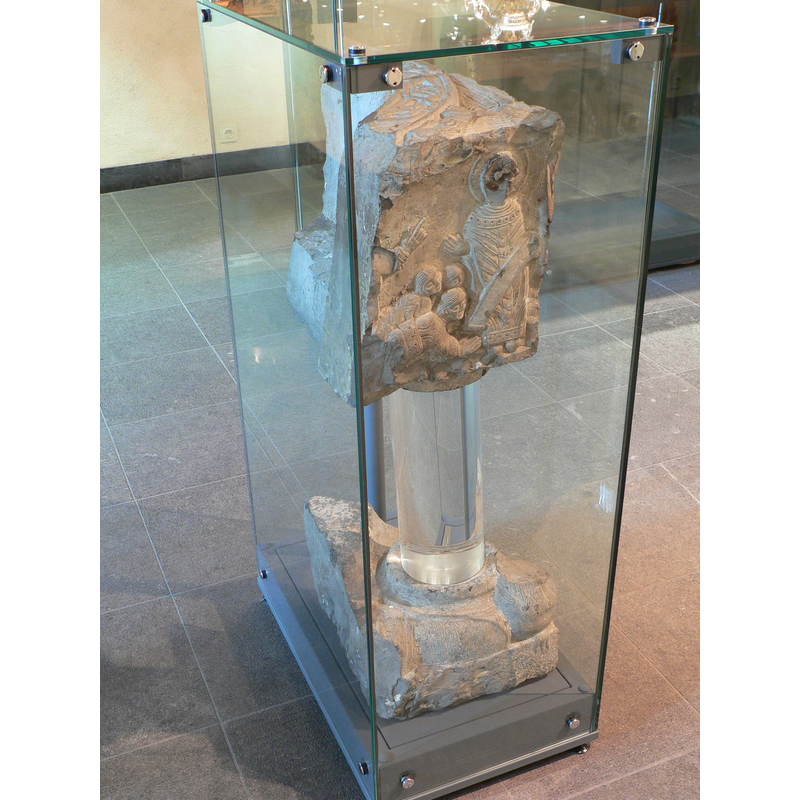Maastricht No. 3 / Maestricht
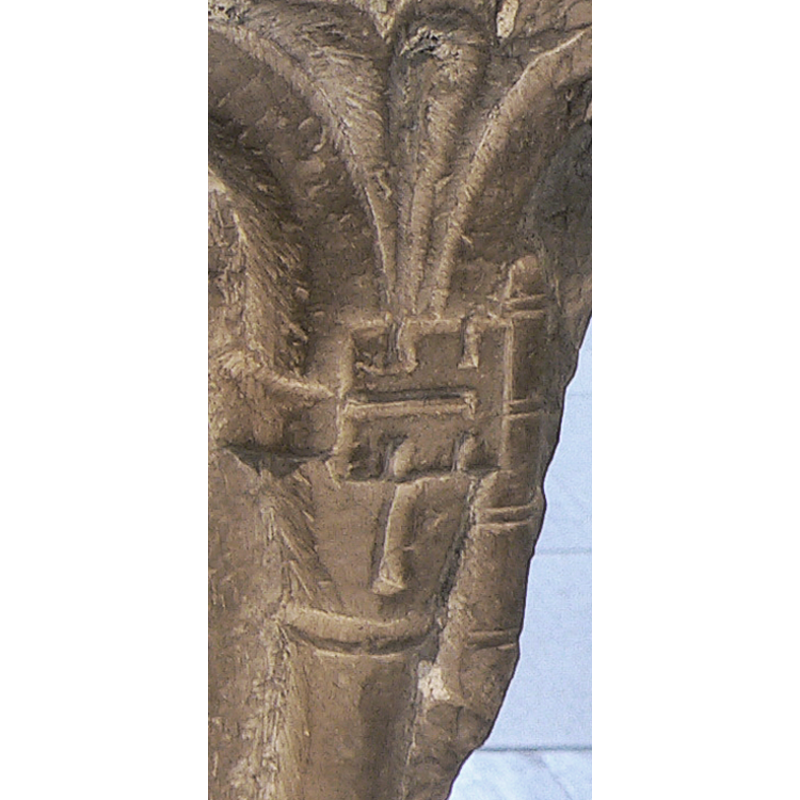
Image copyright © Juan Antonio Olañeta, 2010
Standing permission
Results: 23 records
B01: Apostle or saint - St. Servitius?
Scene Description: the scroll on the figure may have identified it in the past [cf. Font notes]
Copyright Statement: Image copyright © Juan Antonio Olañeta, 2010
Image Source: digital photograph taken 14 August 2010 by Juan Antonio Olañeta [www.claustro.com]
Copyright Instructions: Standing permission
B02: Apostle or saint - unidentified
B03: Apostle or saint - unidentified
B04: Apostle or saint - unidentified
B05: Apostle or saint - Apostles - St. Peter? - holding 1 key?
animal - mammal - lion
design element - architectural - arcade - round arches - columns with capitals and bases
design element - motifs - floral
design element - motifs - foliage or vine
design element - motifs - unidentified
view of basin - detail
Scene Description: the hands of one of the figures hold a column of the arcade [cf. Font notes]
Copyright Statement: Image copyright © Juan Antonio Olañeta, 2010
Image Source: digital photograph taken 14 August 2010 by Juan Antonio Olañeta [www.claustro.com]
Copyright Instructions: Standing permission
view of basin - detail
view of basin - fragment
view of basin - fragment - detail
Scene Description: the three figures protrated at the feet of the saint; notice the rich clothing
Copyright Statement: Image copyright © Juan Antonio Olañeta, 2010
Image Source: digital photograph taken 14 August 2010 by Juan Antonio Olañeta [www.claustro.com]
Copyright Instructions: Standing permission
view of basin - fragment - detail
view of basin - fragment - front
view of basin - fragment - side
view of church exterior
view of font - fragment
view of font - fragment
view of font - fragment
view of font in context
INFORMATION
FontID: 16886MAA
Object Type: Baptismal Font1
Church/Chapel: Sint-Servaasbasiliek [aka Sintervaosbasiliek / Sint-Servaaskerk]
Church Patron Saints: St. Servatius of Tongeren [aka Sarbatius, Servais, Servatius of Maastricht]
Country Name: Netherlands
Location: Limburg
Directions to Site: [Coordinates for the church: 50° 50′ 55″ N, 5° 41′ 14″ E
50.848611, 5.687222] Maastricht is north of Liège, in the Limburg province.
Century and Period: 12th century, Romanesque
Credit and Acknowledgements: We are grateful to Juan Antonio Olañeta, of www.claustro.com, for his photographs of this font. We are also grateful to Pol Herman for his help in documenting this font
Church Notes: The original stone church is said to date from the 6th century, but the present building dates from the 11th, 12th and 13th centuries, with additions and changes through later centuries. It became the main parish church of Maastricht in the early 19th century.
Font Notes:
Click to view
Fragment of a quadrangular font originally mounted on columns; only one side of the basin, and a small corner of the lower base remain; the basin fragment appears to be almost a full side and has an arcade of three round arches on columns with capitals and bases; in each arch is a standing haloed male figure: at the left the figure holds the column to the right with both hands; the figure in the centre arch holds its mantle with both hands; the figure in the right arch has only the right hand visible, the left being inside the mantle; the clothing of the figures is rich, with decorating motifs; some of the figures wear footwear, others are in bare feet; in the spandrels of the arcade are foliage motifs, but at the extreme right , below the spandrel is part of large key that was probably held by the figure in the next arch on the now missing side; the left side of the fragment has part of a scene that appears not to have been inscribed in an arch: a male figure stands on the right dressed in clerical clothing [bishop's?], perhaps St. Servatius himself [Servatius was bishop of Maastricht in the late 4th century]; the scene includes several figures prostrated at the foot of the standing cleric, and there is a hand with a finger pointed towards the cleric's head on the left, but the rest of the scene is missing; the upper surface of the rim shows part of the broad rim of the inner basin, decorated with a vine or foliage; the spandrels and the rest of the upper surface is also busily decorated but the details are very worn and difficult to identify [especially since the fragment is encased in a protective glass cage]; the fragment of the base shows traces of a mane and claws, probably the remains of lions that decorated this part of the font. The design of the font, as well as the style of carving, is quite similar to those of the Tournai fonts of the 12th century, and could possibly be from one of the workshops associated with the production of Tournai fonts, although the stone of this font is not the dark black-blue limestone characteristic of the Tournai group. The original stone church is said to date from the 6th century, but the present building dates from the 11th, 12th and 13th centuries, with additions and changes through later centuries. It became the main parish church of Maastricht in the early 19th century. Pubben (2019) argues that these feagments are part of the same font as those in Merksem [cf. BSI entry for Merksem]
MEDIUM AND MEASUREMENTS
Material: stone, limestone?
Number of Pieces: fragment
Font Shape: square (mounted)
Basin Interior Shape: round
Basin Exterior Shape: square
Drainage Notes: unlined
REFERENCES
Pubben, Sid, "De Fontibus Salvatoris: Over herkomst, gebruik en iconografievan een twaalfde-eeuws doopvontin Maastricht en Brussel", [e-version available], 2019
![the scroll on the figure may have identified it in the past [cf. Font notes]](/static-50478a99ec6f36a15d6234548c59f63da52304e5/compressed/1100919023_compressed.png)
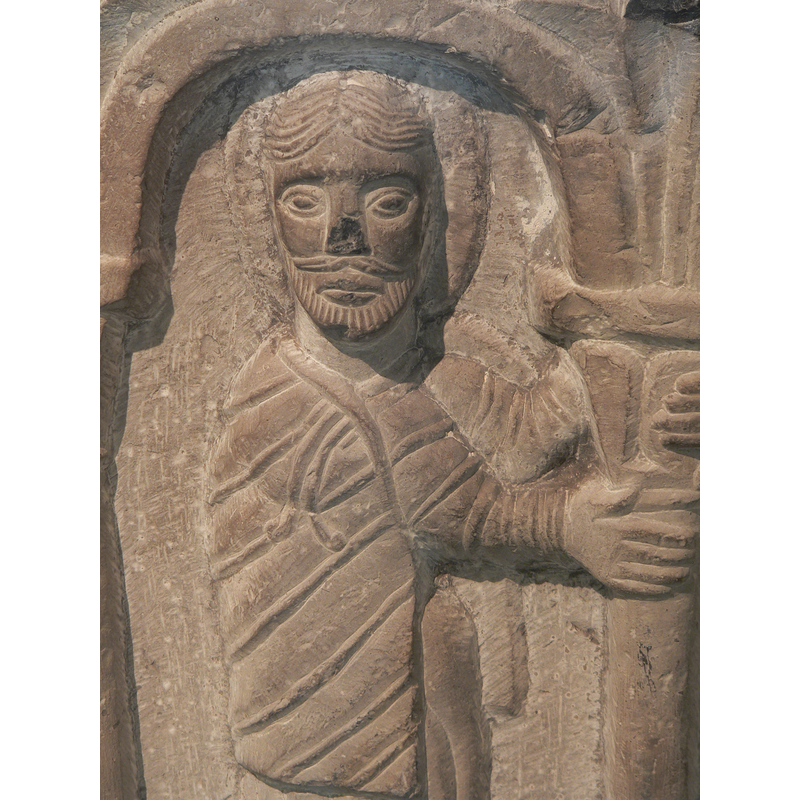

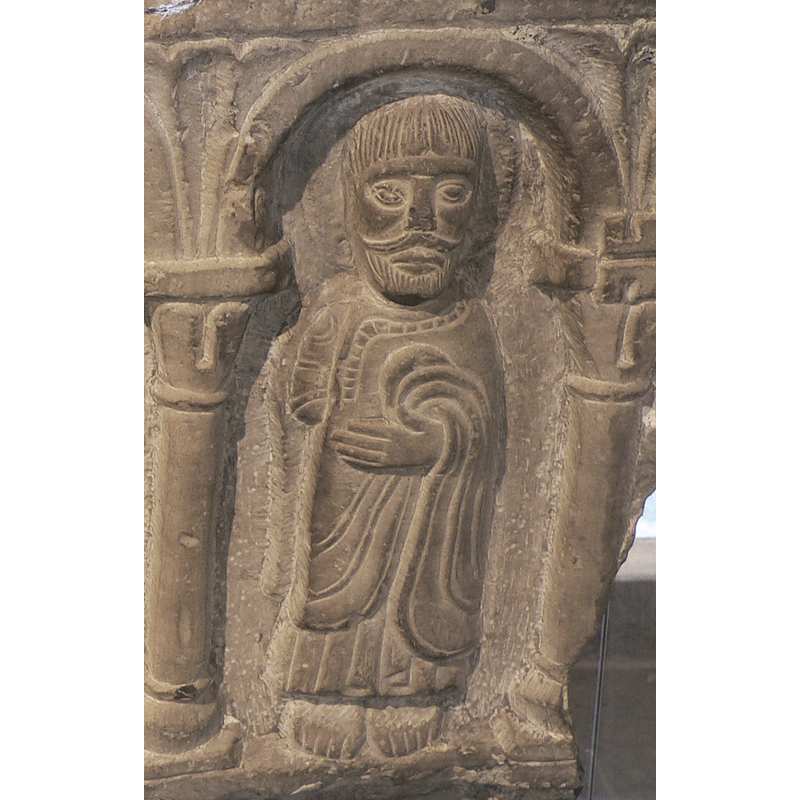

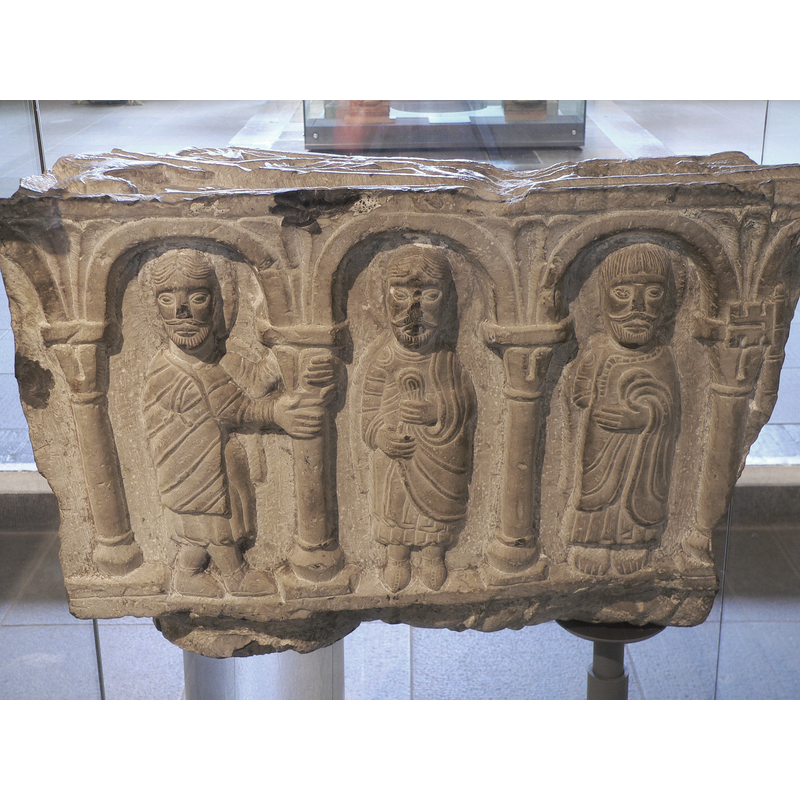
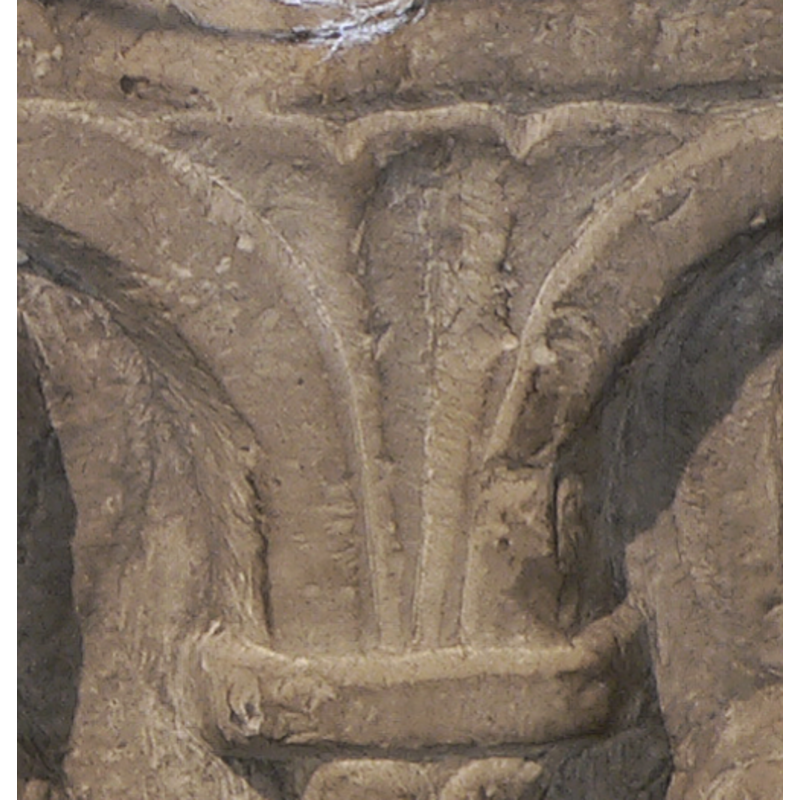

![the hands of one of the figures hold a column of the arcade [cf. Font notes]](/static-50478a99ec6f36a15d6234548c59f63da52304e5/compressed/1100919015_compressed.png)
